How to Tell if You're Having Unauthorized Access
Recognize signs of suspicious unauthorized access
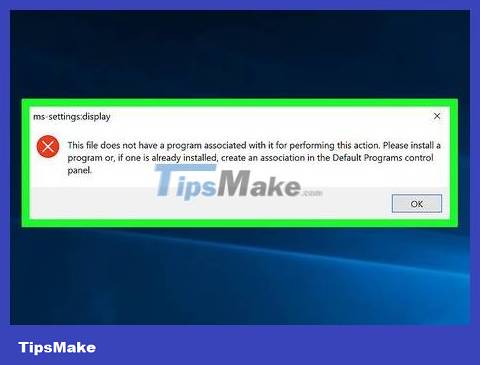
See if anything unusual is happening on the computer. You know the computer and how it works better than anyone else. If it used to run fine but then suddenly starts behaving strangely, it could be a sign of age or a malfunction. However, the following issues can also be signs of unauthorized access:
Some common programs and files do not open or work.
Files that you never deleted appear to have disappeared, been placed in the trash, or been deleted.
You cannot enter programs with commonly used passwords. You notice that the password on your computer has been changed.
One or more programs appear on your computer that you did not install.
Your computer often goes online when you're not using it.
File contents are changed and you are not the one who made those changes.
The printer may behave strangely. Maybe it won't print no matter what you do, or it will print pages that aren't in your print job.

Go online. Here, you can also find signs of suspected unauthorized access:
One or more sites deny you access because of an incorrect password. Try visiting multiple sites you usually visit: if password access continues to be denied, it's probably because you've been accessed without permission. Is it possible that you have responded to a phishing email (fake email asking you to change your password update/security details)?
Internet searches are redirected.
Additional browser screens may appear. They can turn on and off while you're doing nothing. They may be darker or the same color but either way, you will see them.
If you buy a domain name, you may not be able to get it even if you pay for it.
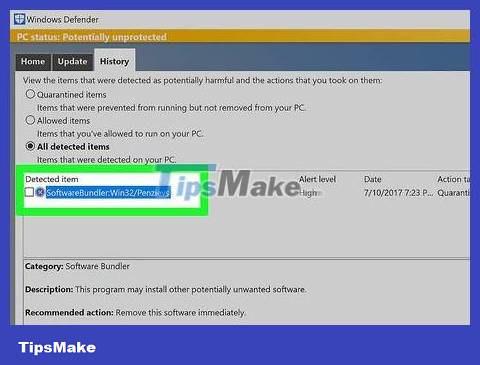
Look for other common malware, overwrites, etc. unauthorized access. Below are some other symptoms that may appear when there is unauthorized access:
Fake virus messages. Regardless of whether your device has virus detection software: If it doesn't, these messages will automatically alert you; If so, and assuming you know what your program's message looks like, also be wary of fake messages. Don't click on them: they're a scam, they're trying to get you to reveal your credit card information in a panic, trying to remove a virus from your computer. Be aware that the hacker now has control of your computer (see What to do below).
Additional toolbars appear on your browser. They may carry a "help" message. However, there should only be one toolbar and it would be suspicious if the browser has more than one.
Random and frequent windows appear on your computer. You will need to remove the program that is causing this.
Anti-virus and anti-malware software is not working and does not appear to be connected. Your Task Manager or Registry Editor may also not work.
People in your contacts receive fake emails from you.
Money in your bank account is lost or you receive a bill for online transactions you didn't make.
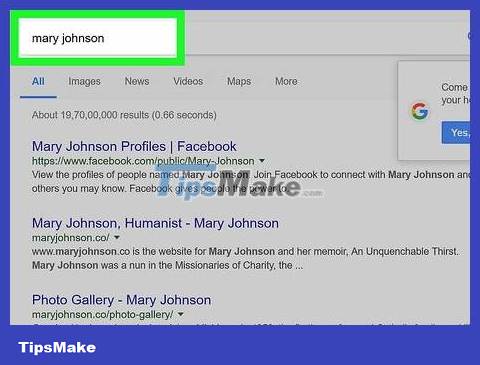
If you simply have no control over any activity, prioritize the possibility that you are the victim of unauthorized access. Specifically, if the mouse pointer is running around on the screen and performing actions that produce real results, someone on the other end is probably controlling it. If you've ever had to get remote support to fix a problem on your computer, you know what it's like when done with good intentions. If this control is done without your consent, then you are being hacked.
Check your personal information. Google yourself. Does Google return personal information that you did not disclose yourself? It is unlikely that they will appear immediately, but being alert to this risk can be important in the event that personal information is disclosed.
Things need to do
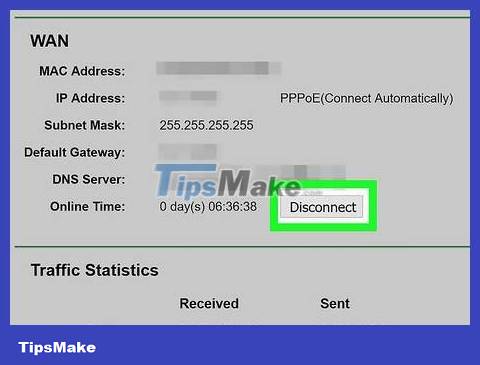
Disconnect from the network immediately . The best thing to do while continuing your investigation is to disconnect from the network and disable online connectivity. If the hacker is still on the computer, by doing so, you have eliminated the source of the connection.
Unplug the router from the outlet to be absolutely sure there are no longer any connections!
Print this page on paper or PDF before turning off the power so you can continue following these instructions offline. Or, read it on another unauthorized device.
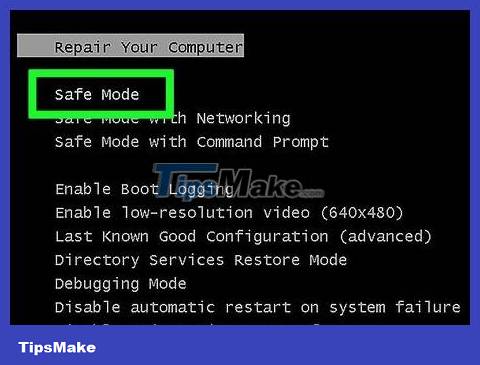
Start the computer in safe mode. Stay completely disconnected and use your computer's safe mode to turn it back on (check your computer's manual if you're not sure what to do).
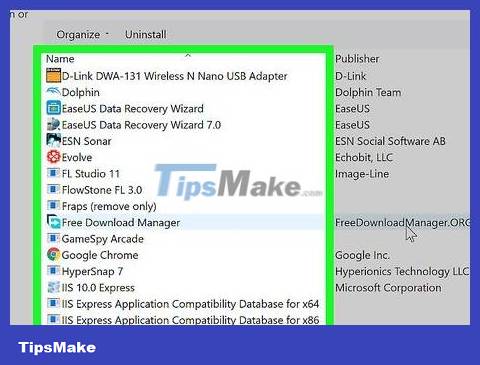
Looks up whether there are any "new programs" (such as anti-virus, anti-spyware, etc.) OR whether programs and files are inactive or not opening. If you find any, do your best to remove it. If you don't know what to do, ask for help from someone who knows computers or call a computer repair service to come and do it for you.
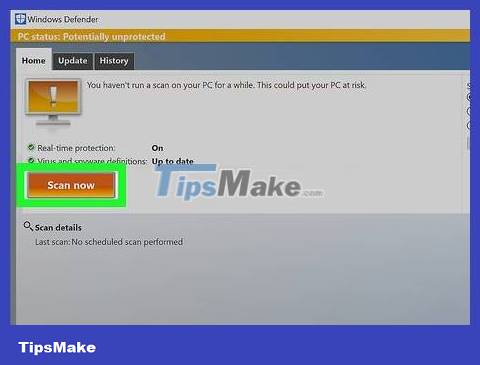
Scan your computer with virus/spyware scanning software you trust (such as Avast Home Edition, AVG Free edition, Avira AntiVirus, etc. ). Again, ask someone knowledgeable for help if you're not sure what to do.
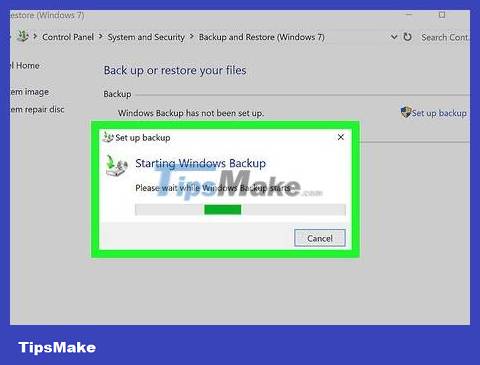
If you can't find anything, back up important files. Next, restore the entire system and update the computer.
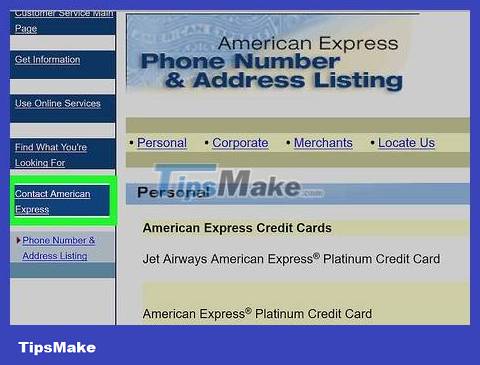
Contact your bank and any purchase accounts you have to alert them to a suspicious problem. Ask for their advice on what to do next to protect your finances.
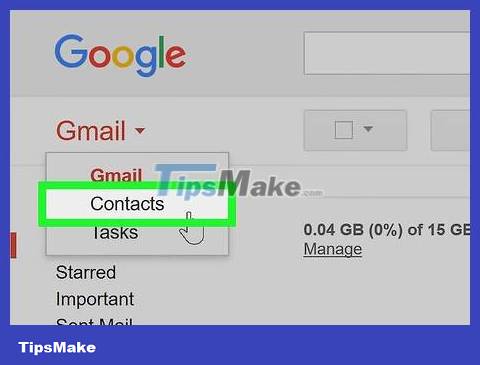
Warn your friends that they may receive potentially dangerous emails from you. Tell them to delete the email and not to follow any links if they accidentally open them.
You should read it
- How to Unauthorized Access (Hack) a website
- Tips for security for Email
- Hacking court computer systems to spread malicious emails, hackers jailed for 145 months
- How to restrict access to Settings and Control Panel Windows 10
- How do I know if someone has accessed and used your computer?
- Xiaomi acknowledges unauthorized user data access
- How to fix 'Windows Cannot Access the Specified Device, Path or File' error
- How to detect when your wifi network is stolen
May be interested
- MS Access 2003 - Lesson 1: Chapter 1: Terminology Access
 this chapter is the first step in learning and familiarizing with basic terms, as well as how to start and exit access. you will get help and master the outline of what you can do with access.
this chapter is the first step in learning and familiarizing with basic terms, as well as how to start and exit access. you will get help and master the outline of what you can do with access. - Unable to access 192.168.1.1: Cause and remedy
 why can't i go to 192.168.1.1? it is a question that many people are interested in. to fix bugs that cannot be accessed 192.168.1.1, follow the instructions below.
why can't i go to 192.168.1.1? it is a question that many people are interested in. to fix bugs that cannot be accessed 192.168.1.1, follow the instructions below. - Automatically lock the screen when connecting strange Wi-Fi on the phone
 this trick is especially useful in some cases, such as when someone holds or picks up your phone, if they access the strange wi-fi, the screen will immediately lock with the password you set. as such, they will never be able to use the network and its functions.
this trick is especially useful in some cases, such as when someone holds or picks up your phone, if they access the strange wi-fi, the screen will immediately lock with the password you set. as such, they will never be able to use the network and its functions. - Configure Windows XP SP2 network protection technologies on a computer (Part II)
 in the previous section, we showed you how to set up security from the starting point: security center, this tutorial will show you how to prevent unauthorized access through internet explorer web browser.
in the previous section, we showed you how to set up security from the starting point: security center, this tutorial will show you how to prevent unauthorized access through internet explorer web browser. - What is Database Security and how to secure the database effectively?
 database security refers to the measures taken to protect a business's data from unauthorized access, disclosure, alteration, or theft.
database security refers to the measures taken to protect a business's data from unauthorized access, disclosure, alteration, or theft. - How to set a password for a Windows 8 / 8.1 computer
 setting a password for windows 8 computers helps users to protect personal data in the computer, from unauthorized access by others.
setting a password for windows 8 computers helps users to protect personal data in the computer, from unauthorized access by others. - Calculation expressions in Access 2016
 expressions in ms access can be understood similarly to formulas in excel. expressions can include operators, constants, functions, and identifiers.
expressions in ms access can be understood similarly to formulas in excel. expressions can include operators, constants, functions, and identifiers. - 4 things to do with Android / iOS lock screen
 lock screen on a phone or tablet is a tool designed to help strangers unable to access your device. because of this importance, setting the lock screen so that it is safe and reasonable is what everyone should do. the article below summarizes 4 things you should apply to lock screen on android and ios to master this feature and protect your device from unauthorized access.
lock screen on a phone or tablet is a tool designed to help strangers unable to access your device. because of this importance, setting the lock screen so that it is safe and reasonable is what everyone should do. the article below summarizes 4 things you should apply to lock screen on android and ios to master this feature and protect your device from unauthorized access. - Web10: Some forms of fake http headers
 in this article, tipsmake.com will help you learn about some cases of forging http headers to achieve unauthorized access.
in this article, tipsmake.com will help you learn about some cases of forging http headers to achieve unauthorized access. - Get familiar with Acccess 2016 interface and basic operations
 if you have used access 2013 or 2010 you will be familiar with the access 2016 interface: ribbon ribbon and quick access toolbar (providing commands to perform common tasks in access) as well as file menu.
if you have used access 2013 or 2010 you will be familiar with the access 2016 interface: ribbon ribbon and quick access toolbar (providing commands to perform common tasks in access) as well as file menu.










 6 applications that automatically add subtitles to videos on social networks
6 applications that automatically add subtitles to videos on social networks 15 things you didn't know you could do on Instagram
15 things you didn't know you could do on Instagram Is the email 'Facebook Protect' from 'Security@facebookmail.com' legal?
Is the email 'Facebook Protect' from 'Security@facebookmail.com' legal? Google's search engine gets a built-in grammar checker
Google's search engine gets a built-in grammar checker How to use Metaverse to turn portraits into cartoons
How to use Metaverse to turn portraits into cartoons How to hide Reels Instagram suggested videos
How to hide Reels Instagram suggested videos